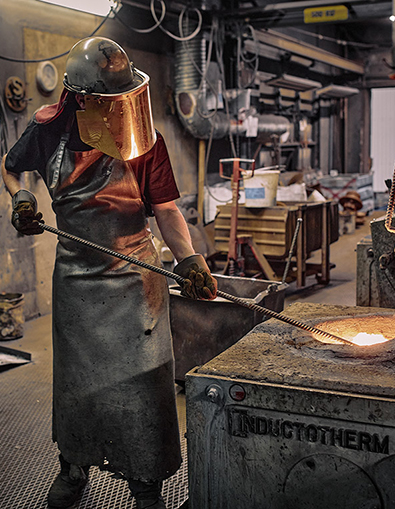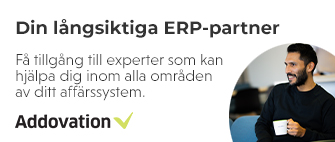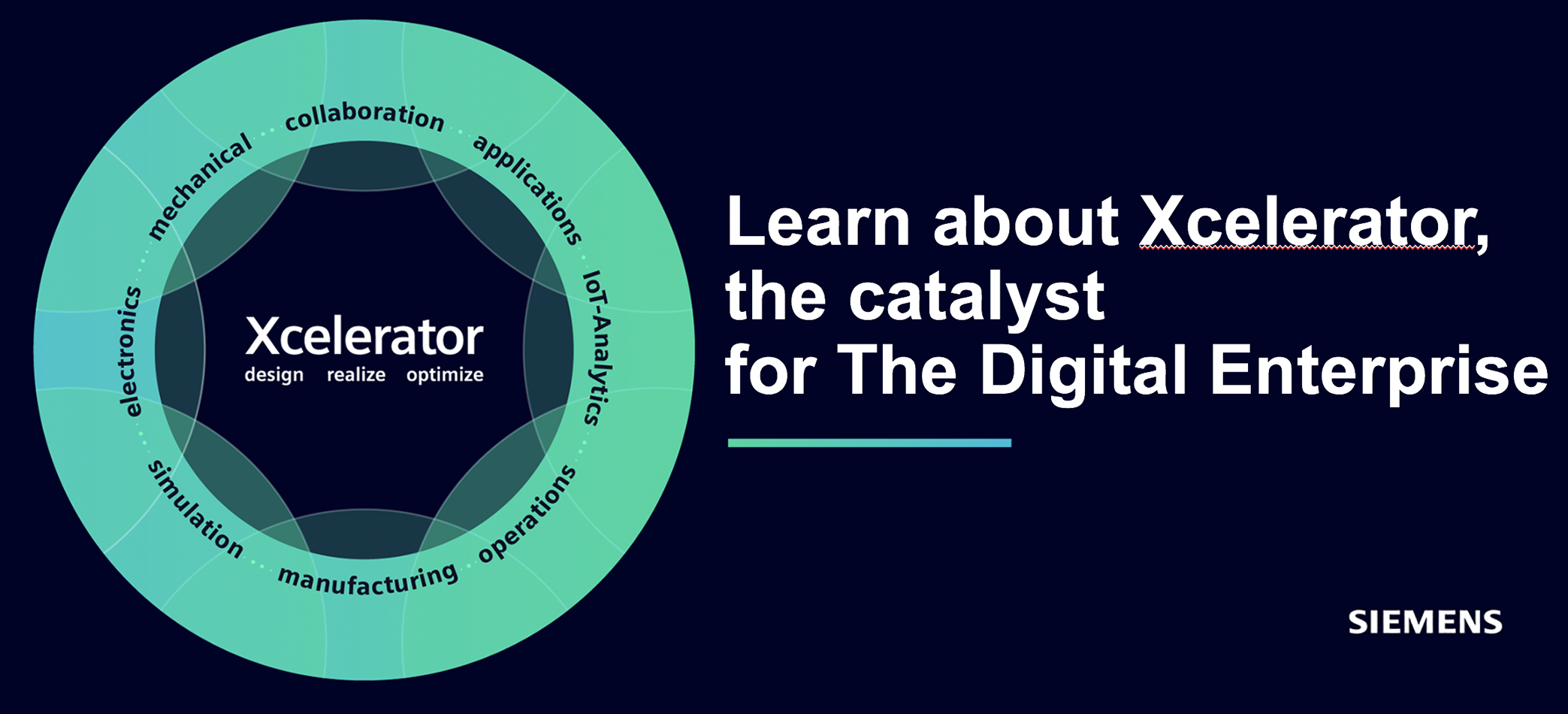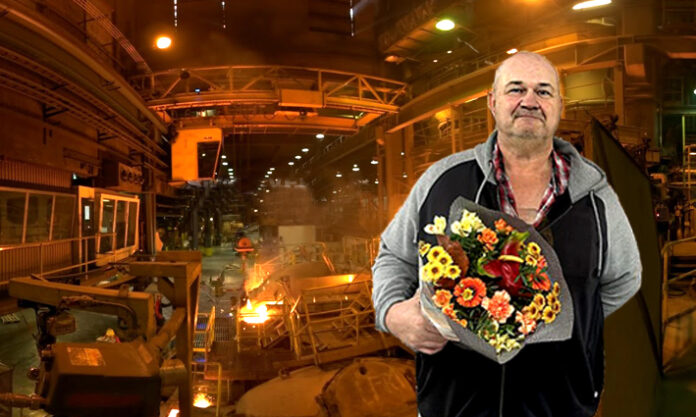
Andreas Stridkvist further points out that the coal makes it dirty and the air bad.
“The changes that come with the new cleaner process are several. We have now painted the walls white in the foundry to really demonstrate how much cleaner the working environment is. It solves a lot and gives hope for the future for the entire industry,” he says.
A groundbreaking sustainability project
Today, there is a technical collaboration between Lyrestads Gjuteri and Volvo where they constantly exchange experiences.
Regardless of the fact that the two companies work with volumes that are extremely different, the critical moments are the same. Volvo has come so far that they now start production one day a week. In March 2025, they expect to be up and running with this enormous verification process, which also involves ensuring quality.
“We thought the challenge was that the blasting would take longer and be more difficult, but the result was better than expected and with such fine surfaces,” says Tore Nilsson, describing how this groundbreaking sustainability project has shaved five years off the development time and marks a major step forward for the foundry industry:
“It has definitely been made possible through innovative collaboration and research efforts between Lyrestads Gjuteri and us at Volvo. If a Nobel Prize in foundry were established from an environmental perspective, then this is where the medal should land. To have achieved this so quickly and with such a small budget is beyond world record,” concludes Tore Nilsson.






